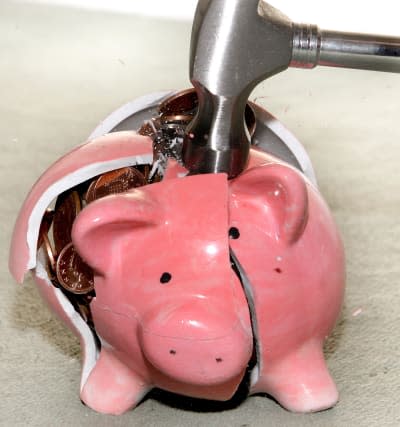Personal insolvencies across England and Wales reach three-year high

The number of people becoming financially insolvent reached a three-year high across England and Wales during 2017, official figures show.
Some 99,196 personal insolvencies were recorded, marking a 9.4% rise on 2016 and the highest annual total since 2014, when there were 99,223 cases.
It marked the second year in a row that the numbers have increased.
The figures, released by the Insolvency Service, are made up of three types of personal insolvency - bankruptcies; individual voluntary arrangements (IVAS), where money is shared out between creditors; and debt relief orders (DROs), which are aimed at people with lower amounts of debt but no realistic prospect of paying it off.
Of the 99,196 people who became insolvent in 2017, 59.7% had IVAs,
25.1% had DROs and 15.2% had bankruptcy orders.
The Insolvency Service said the annual uplift in personal insolvencies was driven by an increase in IVAs.
There were 59,220 IVAs in 2017 - an increase of 19.8% on 2016 and the highest annual level recorded.
There was also an increase in company insolvencies.
The Insolvency Service said an estimated total of 17,243 businesses entered insolvency in 2017, a rise of 4.2% on the year before.
It said the figures were inflated by "bulk" insolvencies, which saw large numbers of connected companies entering insolvency following some rule changes.
If the bulk insolvencies were excluded, the number of companies entering insolvency would have increased by 2.5% on 2016, the service said.
Low interest rates have been keeping people's borrowing costs relatively low, but concerns have been raised in recent months about high annual increases in consumer credit and that some households could be at risk of over-stretching their finances.


